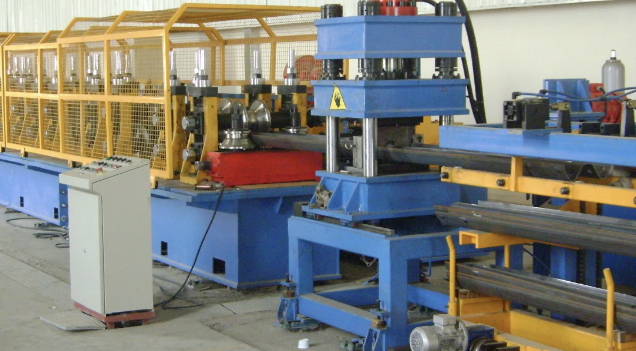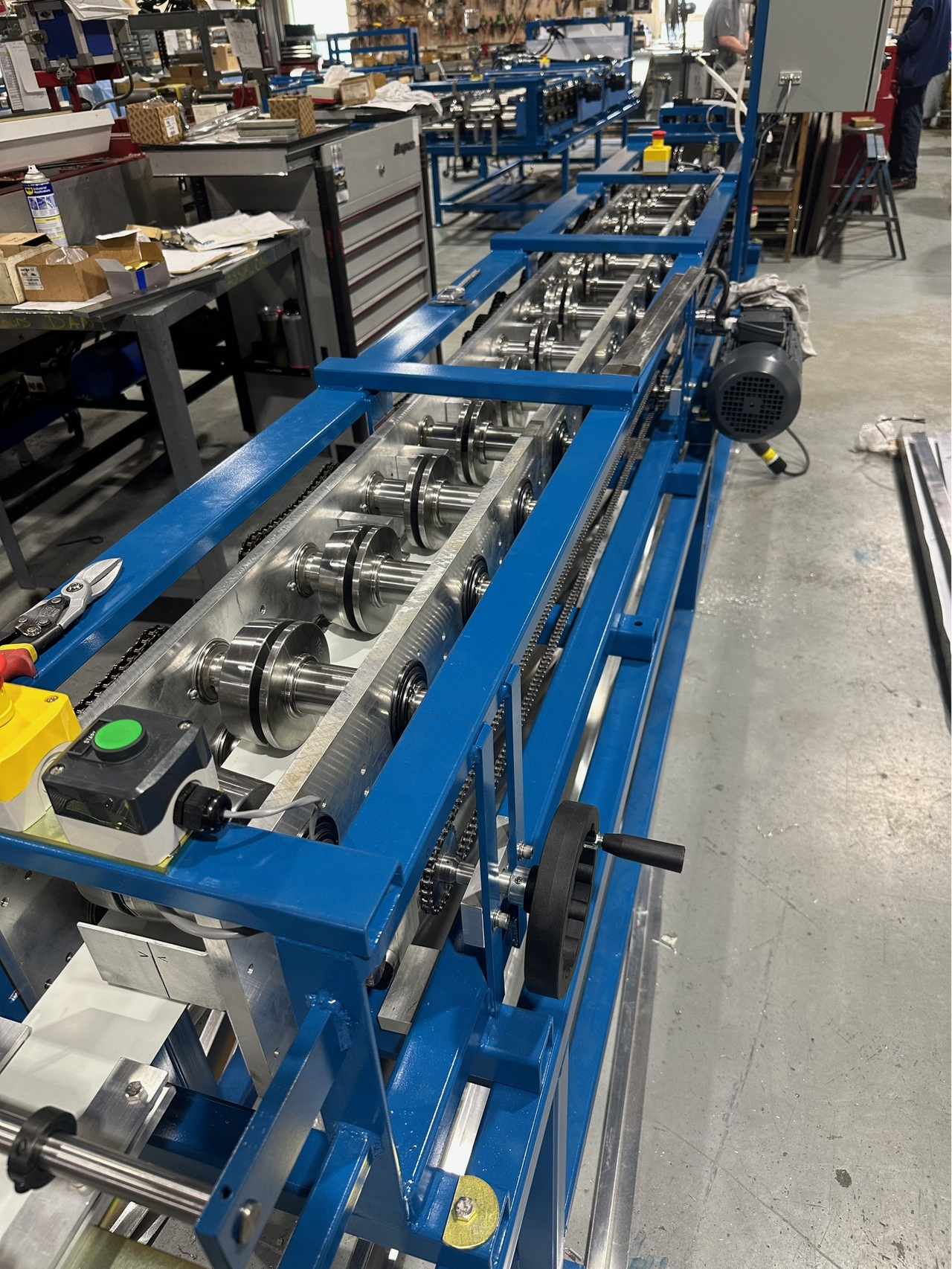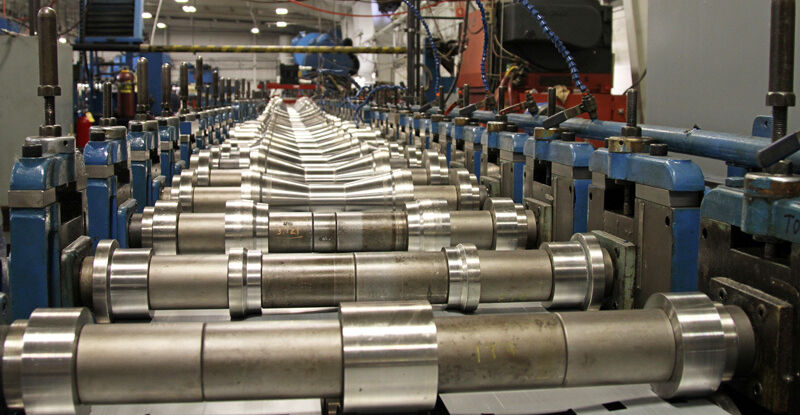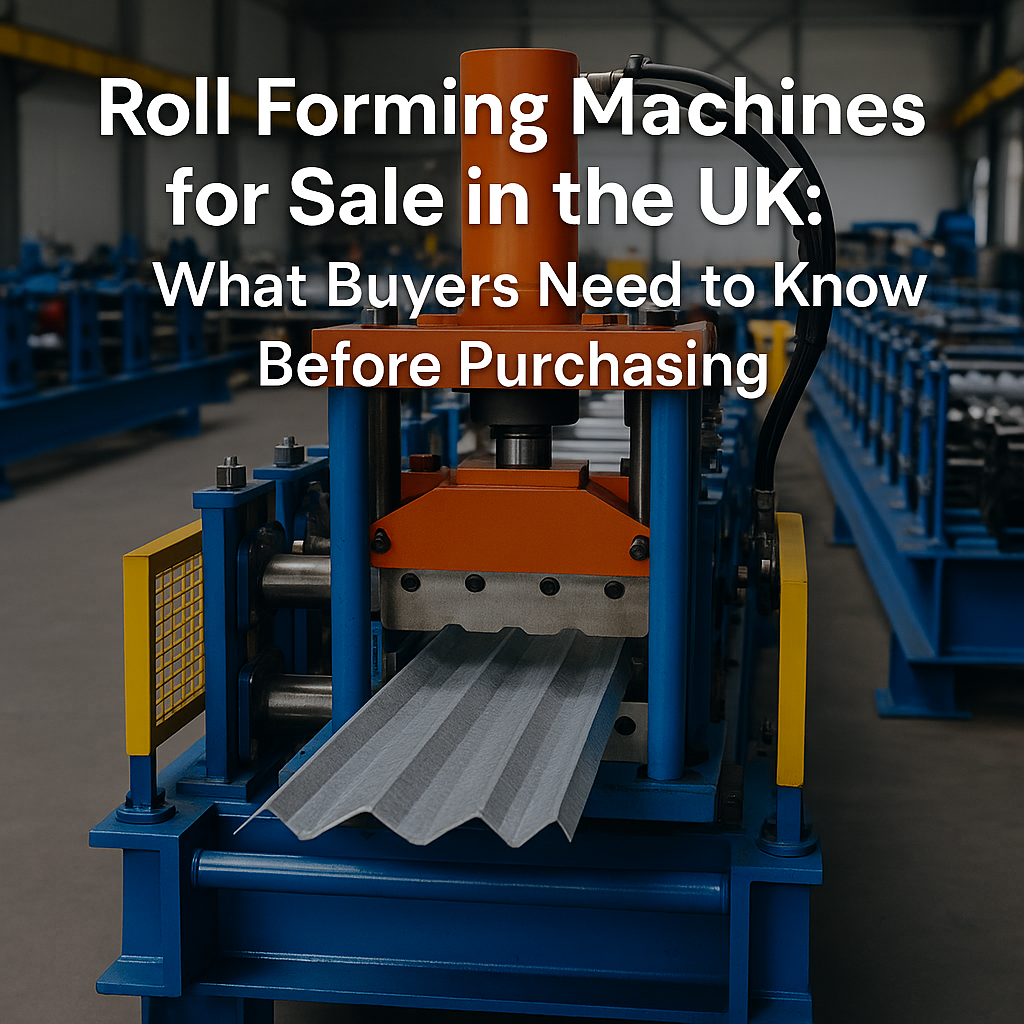
Posted on Wednesday, November 20, 2024
Mozambique, with its growing economy and increasing demand for infrastructure development, is witnessing significant advancements in the roll forming industry.
The roll forming industry in Mozambique is leveraging advancements in technology to improve production efficiency and meet diverse market demands. Key technological trends include:
Mozambique’s roll forming industry is at a pivotal point, with technology and infrastructure development driving significant growth. Companies that adopt cutting-edge technologies and align with market demands will capitalize on emerging opportunities in this dynamic market.
By staying ahead of these trends, businesses can not only serve Mozambique’s growing construction and industrial needs but also position themselves as leaders in the regional market.

Most Popular Roll Forming Machines in the United Kingdom
Posted on Thursday, December 11, 2025
This blog breaks down the five most in-demand roll forming machines in the UK

Can I Finance a Roll Forming Machine?
Posted on Thursday, December 11, 2025
Financing a roll forming machine is easier than most buyers think. Here’s how leases, loans, and payment plans make production affordable.

Roll Forming Machines for Sale in the UK: What Buyers Need to Know Before Purchasing
Posted on Thursday, December 11, 2025
This complete guide explains everything UK buyers must know before purchasing, including machine types, voltage requirements, CE/UKCA compliance

Roll Forming Machines for Sale in the USA: What Buyers Need to Know Before Purchasing
Posted on Wednesday, December 10, 2025
This guide explains everything U.S. buyers need to know before purchasing a roll forming machine, including machine types, pricing, voltage
Copyright 2025 © Machine Matcher.